- Have any questions?
- +86-189 8930 5995
- sales@mosinterchem.com.cn
Dysprosium CAS 7429-91-6
- Home
- Rare Earth And Rare Metals
- Dysprosium CAS 7429-91-6

Samarium oxide CAS 12060-58-1
24/12/2018
Bacitracin CAS 1405-87-4
24/12/2018| Model: | MOS 7429-91-6 |
| Brand Name: | MOSINTER |
| Alias: | DYSPROSIUM METAL |
| CAS: | 7429-91-6 |
| Appearance: | Silver metal |
| Molecular weight: | 162.500 |
| Molecular Formula: | Dy |
| Melting point: | 1409℃ |
| Boiling point: | 2562℃ |
| Heat of fusion: | 11.06 kJ/mol |
| Density: | 8551kg/m³ |
Dysprosium (CAS: 7429-91-6)
| Main Content :Dy/TREM >99.9% | |
| RE Elements % (MIN) | Non-RE Elements % (MIN) |
| Tb 0.026 | Fe 0.036 |
| Gd 0.010 | Si 0.010 |
| Ho 0.010 | Al 0.012 |
| Er 0.010 | Ca 0.026 |
| Y 0.010 | Mg 0.010 |
| C 0.010 | |
| TREM >99.42% | |
Dysprosium is a chemical element with the symbol Dy and atomic number 66.
It is a rare earth element with a metallic silver luster. Dysprosium is never found
in nature as a free element, though it is found in various minerals, such as xenotime.
Naturally occurring dysprosium is composed of 7isotopes, the most abundant of
which is 164Dy.
Dysprosium was first identified in 1886 by Paul Émile Lecoq de Boisbaudran, but was
not isolated in pure form until the development of ion exchangetechniques in the 1950s.
Dysprosium is used for its high thermal neutron absorption cross-section in making control
rods in nuclear reactors, for its high magnetic susceptibility in data storage applications, and
as a component of Terfenol-D. Soluble dysprosium salts are mildly toxic, while the insoluble
salts are considered non-toxic.
Chemical properties
Dysprosium metal tarnishes slowly in air and burns readily to form dysprosium(III) oxide:
4 Dy + 3 O2 → 2 Dy2O3
Dysprosium is quite electropositive and reacts slowly with cold water and quite quickly
with hot water to form dysprosium hydroxide:
2 Dy (s) + 6 H2O (l) → 2 Dy(OH)3 (aq) + 3 H2 (g)
Dysprosium metal vigorously reacts with all the halogens at above 200 °C:
2 Dy (s) + 3 F2 (g) → 2 DyF3 (s) [green]2 Dy (s) + 3 Cl2 (g) → 2 DyCl3 (s) [white]2 Dy
(s) + 3 Br2 (g) → 2 DyBr3 (s) [white]2 Dy (s) + 3 I2 (g) → 2 DyI3 (s) [green]
Dysprosium dissolves readily in dilute sulfuric acid to form solutions containing the yellow
Dy(III) ions, which exist as a [Dy(OH2)9]3+ complexes:[5]
2 Dy (s) + 3 H2SO4 (aq) → 2 Dy3+ (aq) + 3 SO4 2−(aq) + 3 H2 (g)
The resulting compound, dysprosium(III) sulfate, is noticeably paramagnetic.
Applications
Dysprosium is used, in conjunction with vanadium and other elements, in making laser materials
and commercial lighting. Because of dysprosium’s high thermal neutron absorption cross-section,
dysprosium oxide-nickel cermets are used in neutron-absorbing control rods in nuclear reactors.
Dysprosium-cadmium chalcogenides are sources of infrared radiation which is useful for studying
chemical reactions. Because dysprosium and its compounds are highly susceptible to magnetization,
they are employed in various data storage applications, such as in hard disks.
Neodymium-iron-boron magnets can have up to 6% of the neodymium substituted with dysprosium
to raise the coercivity for demanding applications such as drive motors for electric vehicles. This
substitution would require up to 100 grams of dysprosium per car produced. Based on Toyota’s
projected 2 million units per year, the use of dysprosium in applications such as this would quickly
exhaust the available supply of the metal. The dysprosium substitution may also be useful in other
applications, as it improves the corrosion resistance of the magnets.
Dysprosium is one of the components of Terfenol-D, along with iron and terbium. Terfenol-D has
the highest room-temperature magnetostriction of any known material; this property is employed
in transducers, wide-band mechanical resonators, and high-precision liquid fuel injectors.
You must be logged in to post a review.

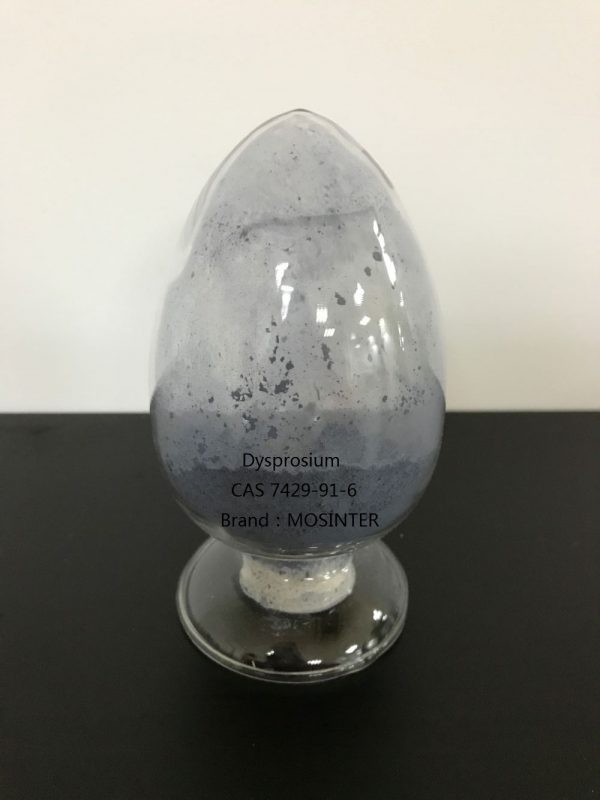
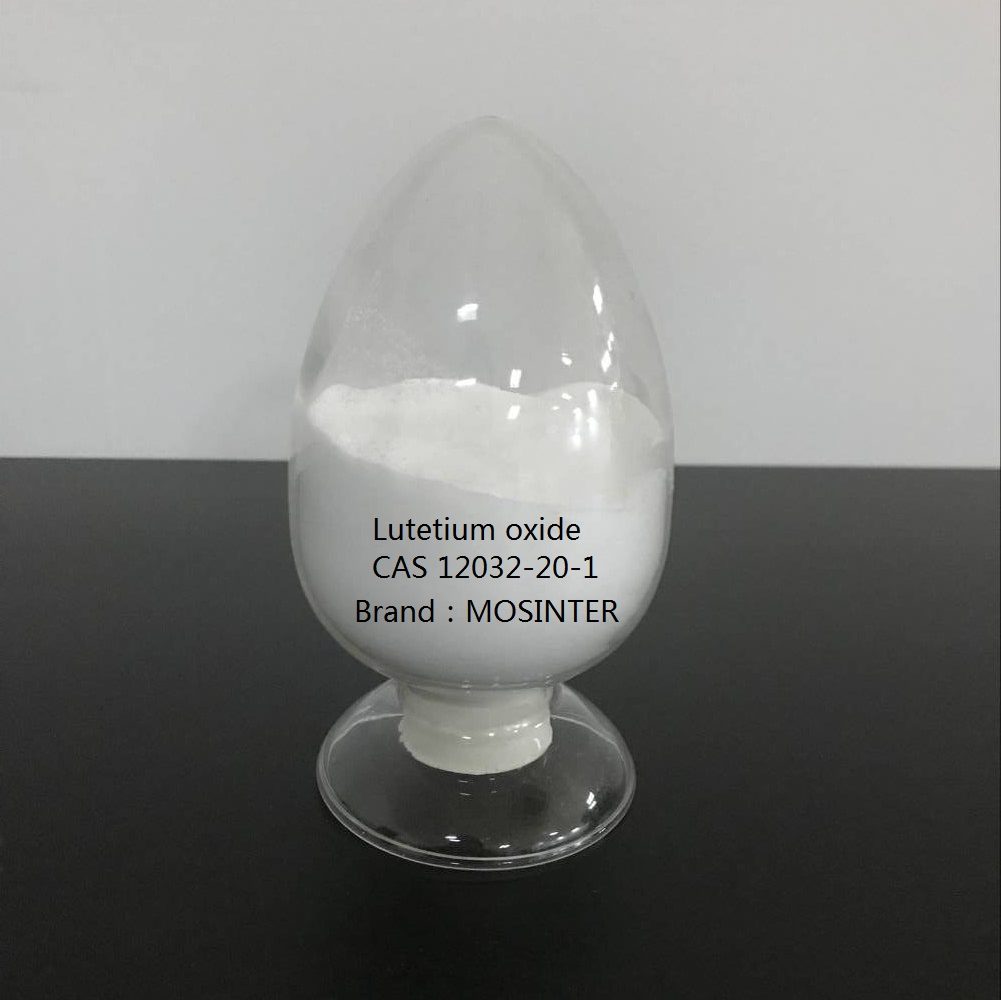
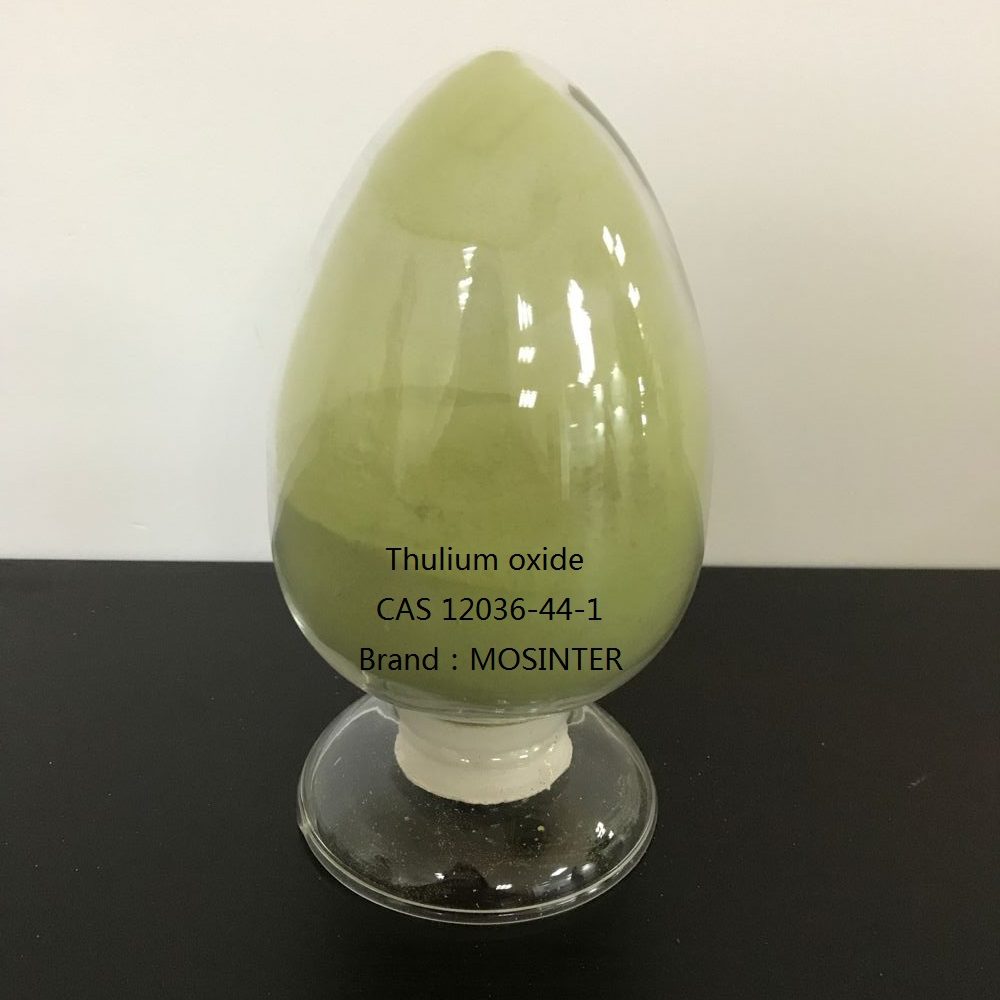
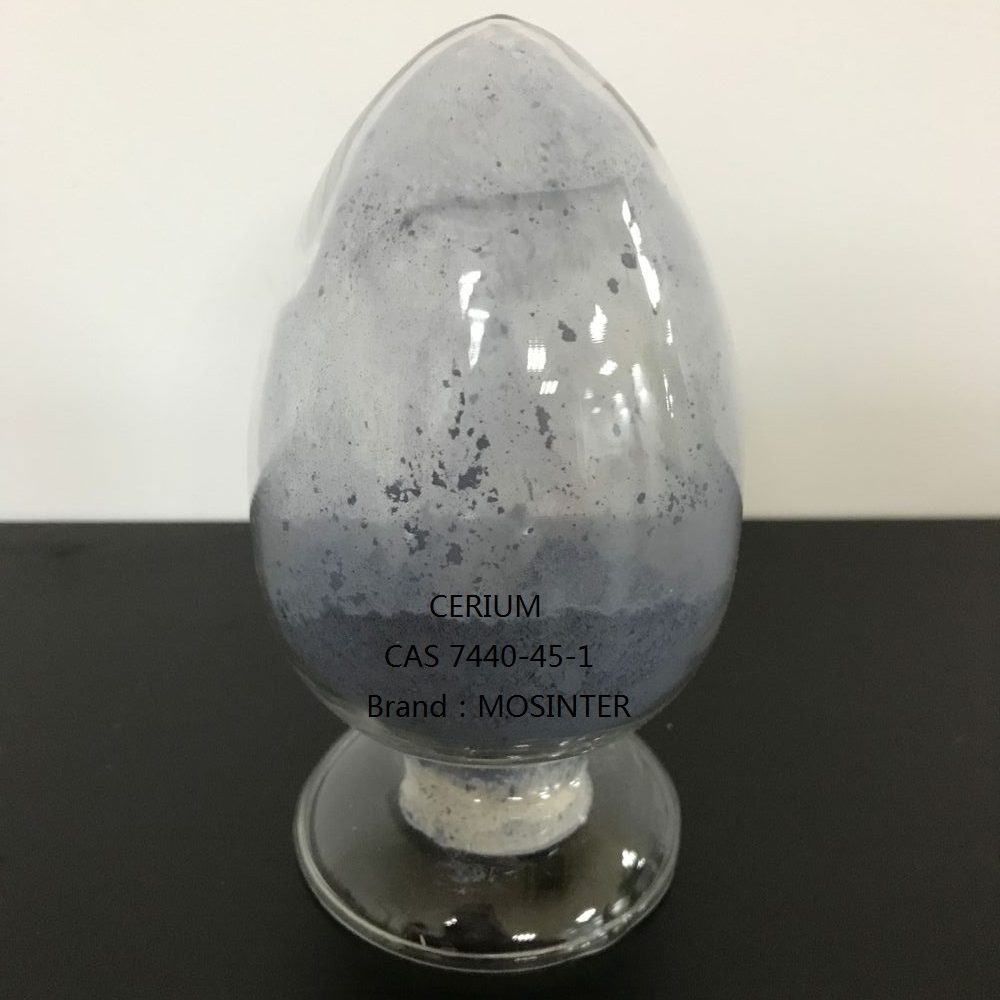
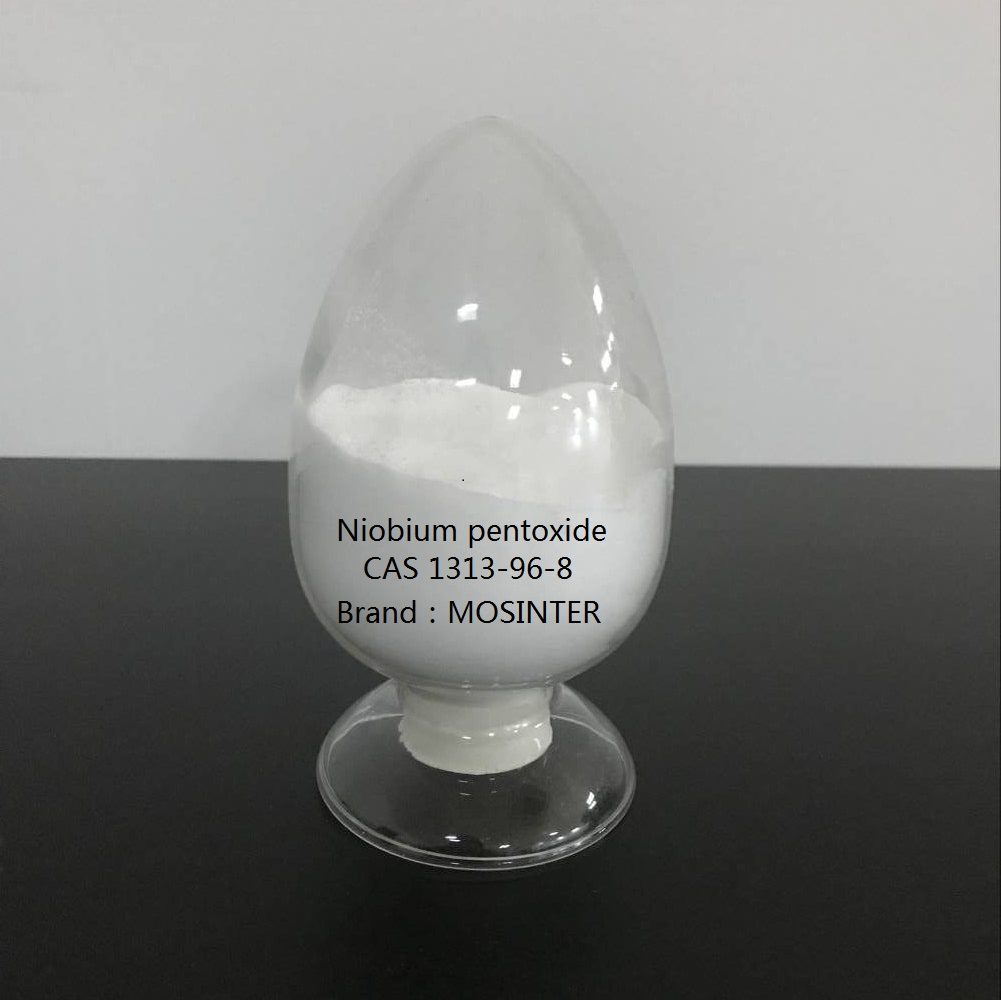
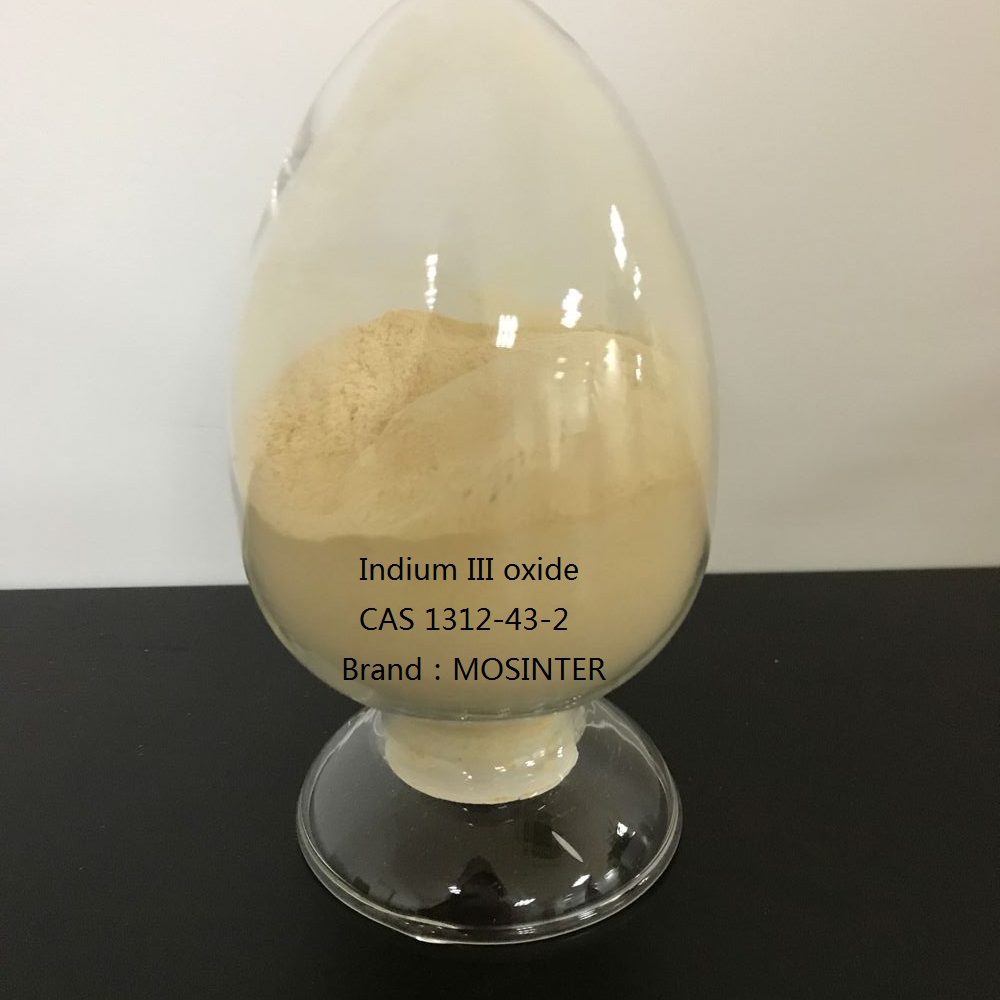
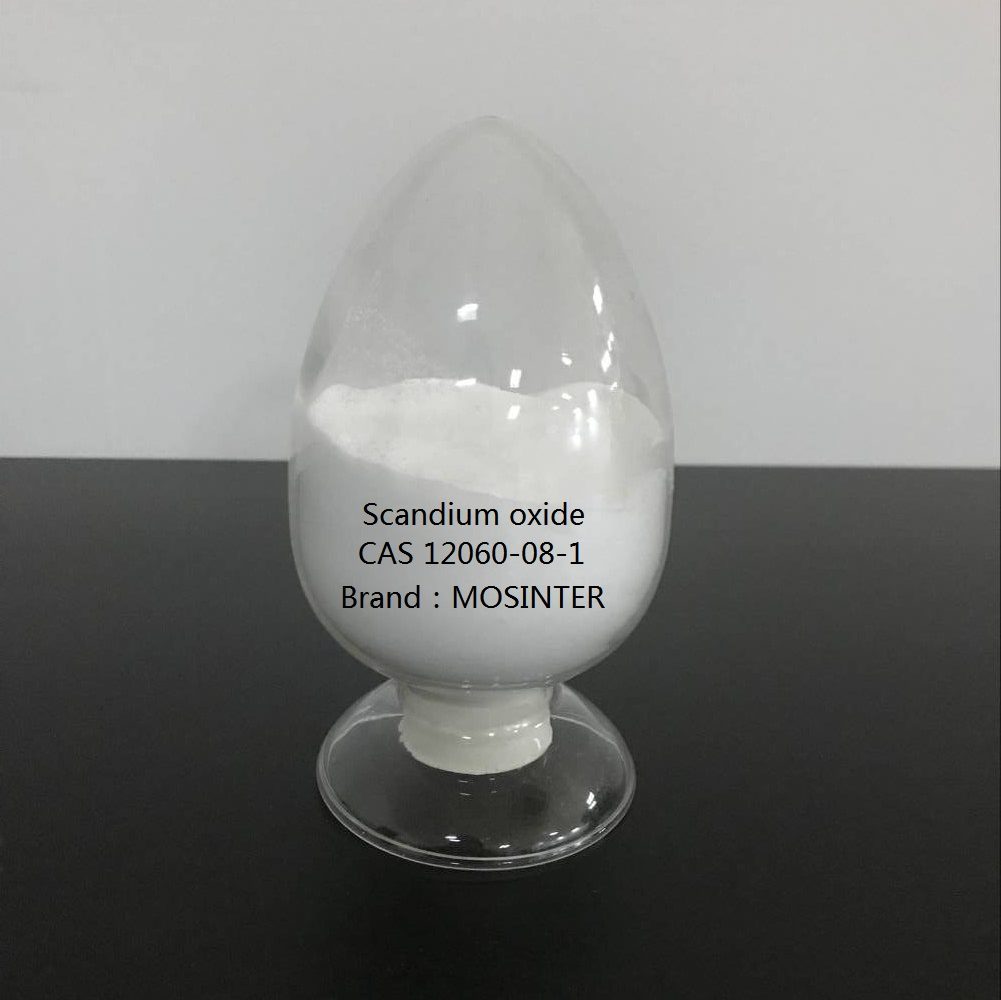
Reviews
There are no reviews yet.